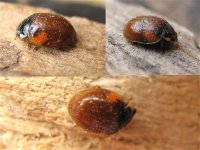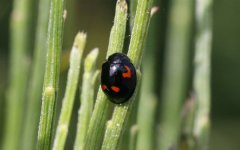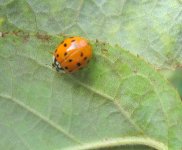Mis
Well-known member
The one with the orange is a 7 spot larva. The other is a 14 spot. It's very similar to the cream spot larva. The 14 spot larva has a white spot towards the rear of the abdomen. The white spots along the side of the abdomen are a bit spikier on the cream spot larvae I've encountered.






